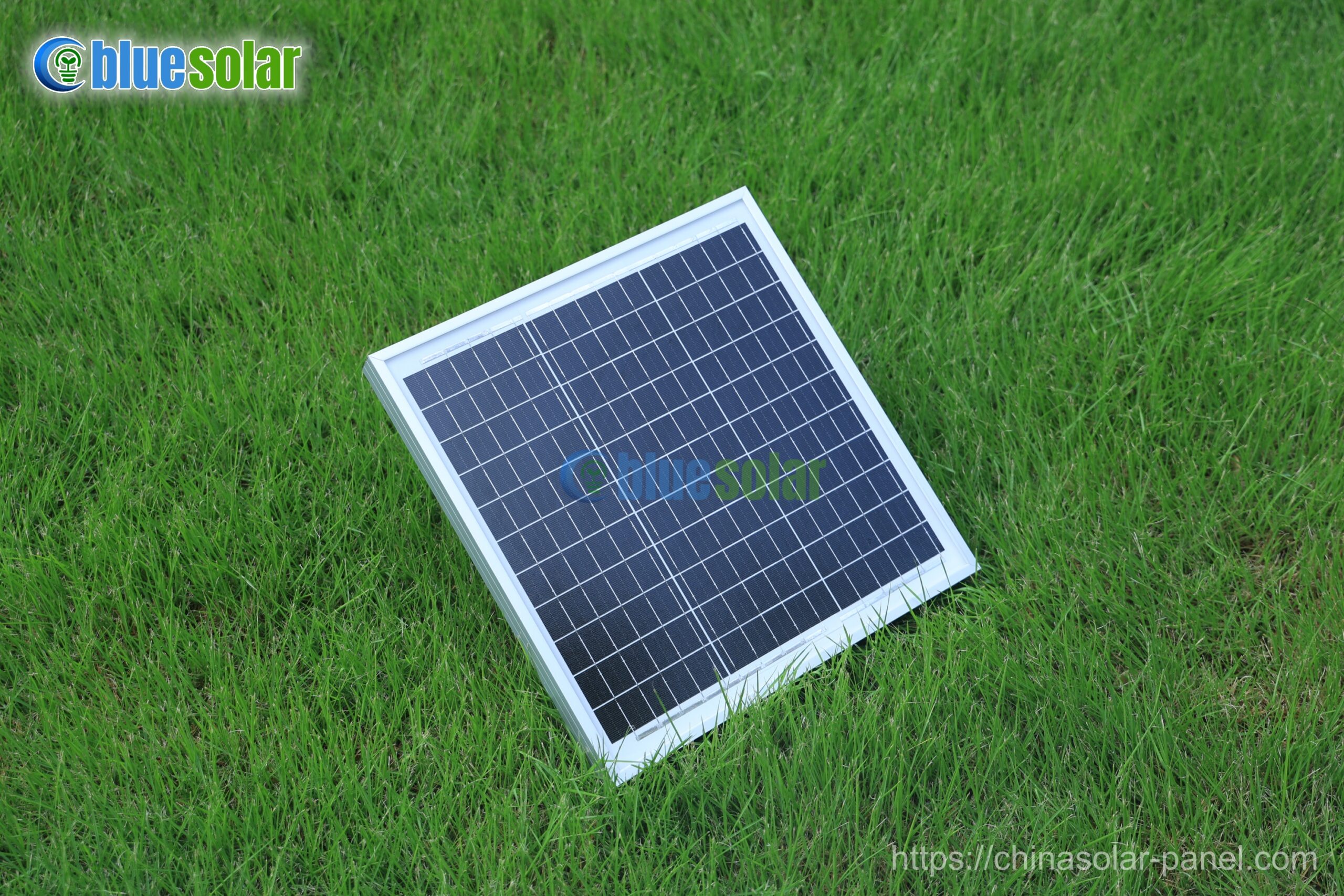PERC stands for “passivated emitter and rear contact” or “rear cell”. Mono PERC solar panels are built with mono PERC solar cells, which have an additional layer on the back of the traditional mono solar cells. This additional layer allows more sunlight to be captured and turned into electricity, making mono PERC solar cells more efficient than traditional solar cells. Mono PERC solar panels are also able to mitigate rear recombination and prevent longer wavelengths from becoming heat that would impair the solar cell’s performance.

Mono PERC is an advanced version of mono-crystalline solar panels that are considered to have higher efficiency even in low-light conditions.
What’s the benefit of adding the additional layer on the back of the solar cells?
Let’s understand it by having a look at how standard mono solar panels and mono PERC solar panels behave when sunlight falls on their surface.
The sunlight that falls on the surface of a standard solar panel is either reflected, absorbed, or passed through the surface.
On the other hand, the light passed through the solar cells can be used again in case of the PERC solar panels.
In mono PERC solar panels, a passivated layer is added on the rear side of the standard solar panels. This layer is capable of reflecting back the photons passed away from the solar panel.
In this way, more light is absorbed by the solar panel & thus higher production. This is how mono PERC solar panels work.
What are the advantages of mono PERC solar panels?
01. EfficiencyEfficiency is defined as the energy in the form of sunlight that can be converted into electricity by solar panels.Since more light is absorbed by the surface of mono PERC solar panels, thus the overall production per unit area is higher & hence higher efficiency.Conclusion: Mono PERC solar panels are more efficient in comparison to standard mono solar panels.
02. Cost In terms of cost, mono-crystalline (standard) panels are slightly cheaper compared to perc modules. The extra cost associated with the use of passivated layers in mono-perc modules increases the overall pricing. However, if we compare price with per unit of energy produced – then it is the same for both modules.Conclusion: Mono PERC solar panels are expensive compared to standard mono panels. However, the price per unit of energy is somewhat equal in both technologies.
03. Space Required While comparing mono PERC solar panels with standard mono-crystalline solar panels, we have found that the space requirement for mono PERC solar panels is less compared to standard ones.Here the space requirement refers to the area required by modules to produce a certain amount of energy. Conclusion: Lesser space is required for mono PERC solar panels.



